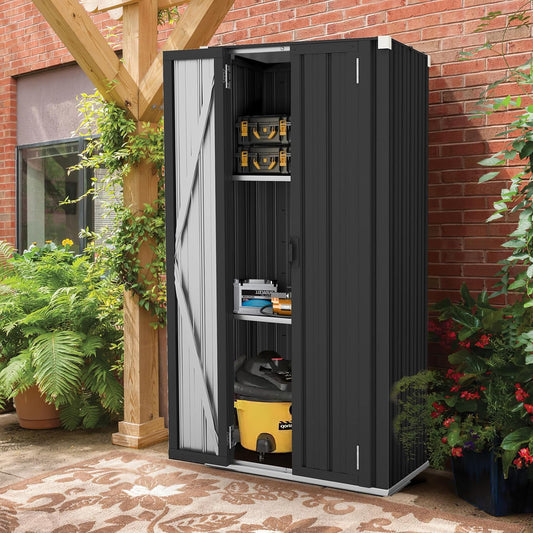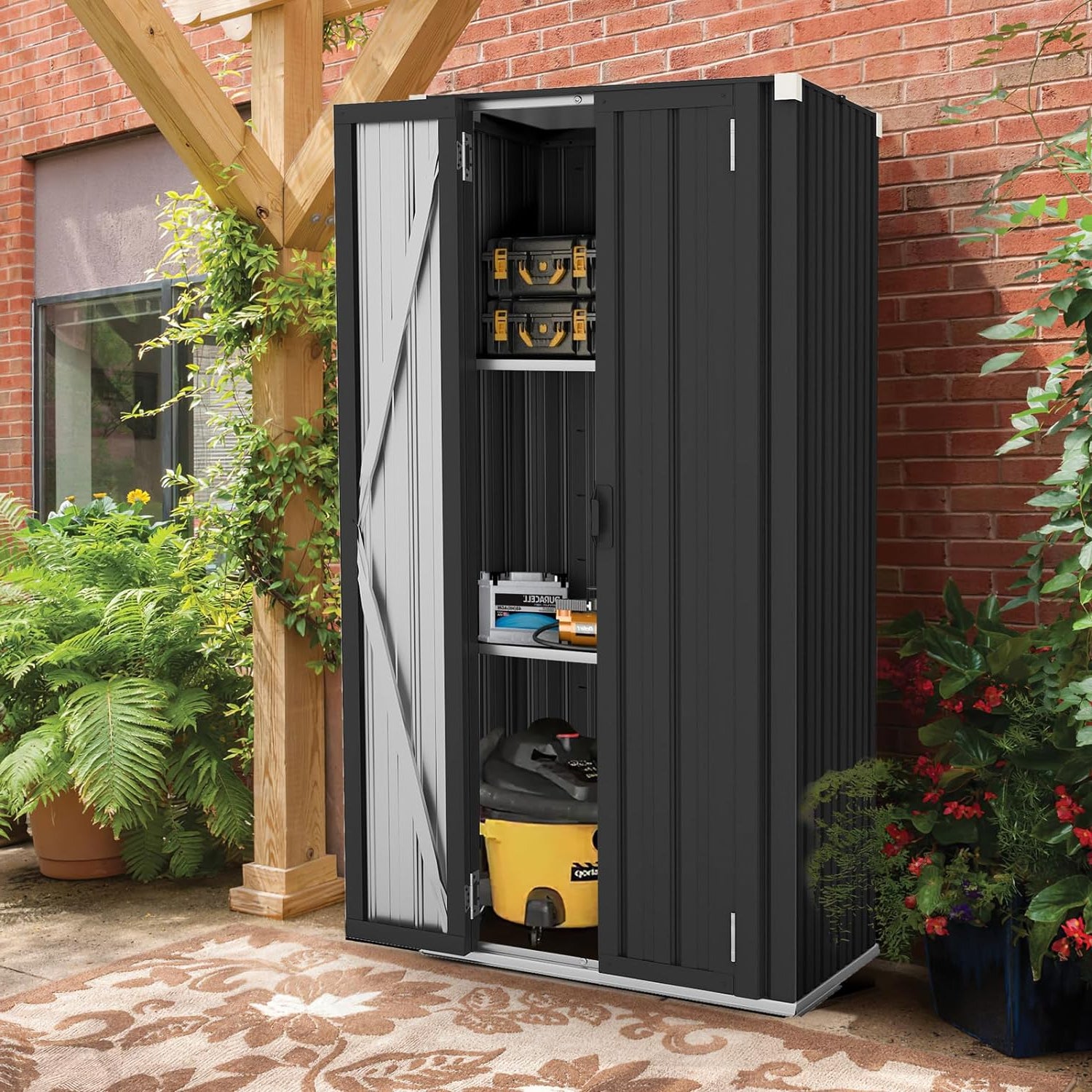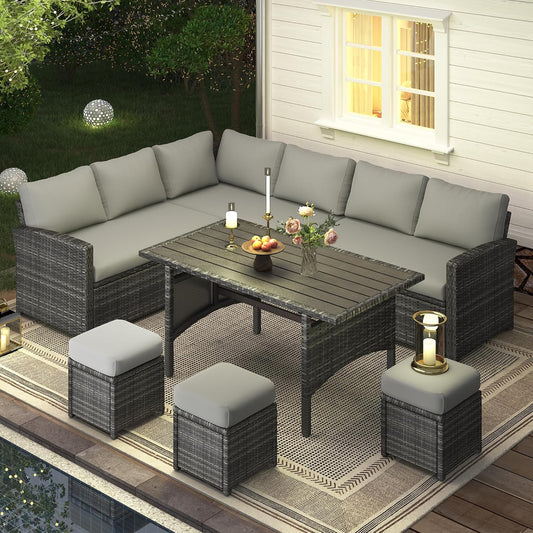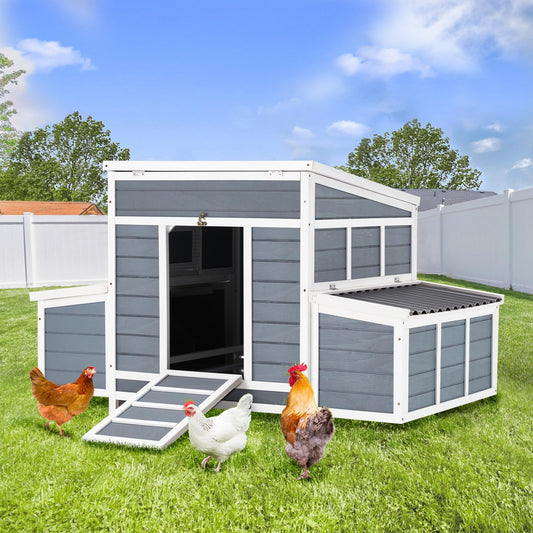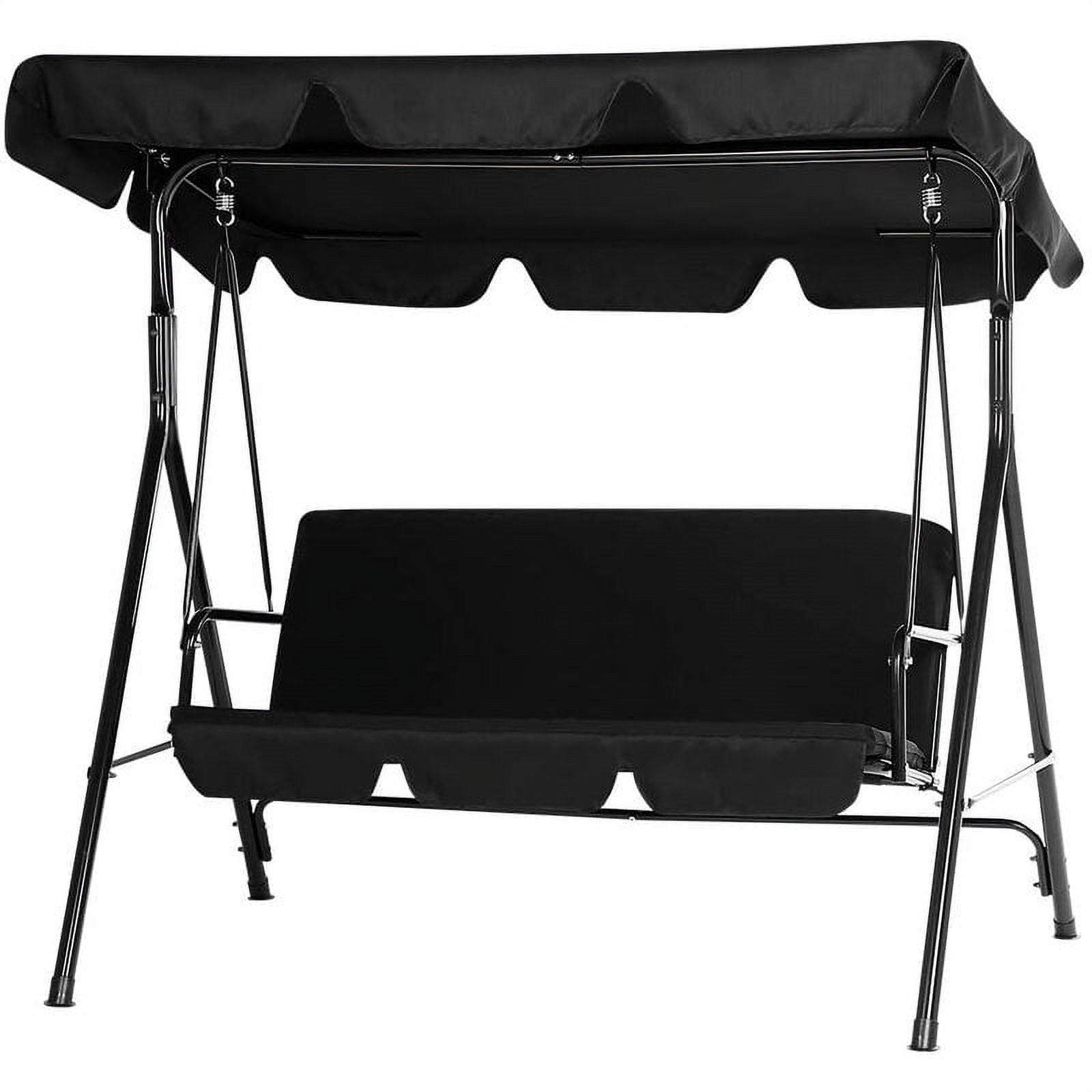Hip thrusts are a powerhouse exercise for anyone chasing stronger, more defined glutes—whether you’re into fitness for aesthetics, athletic performance, or daily mobility. But here’s the big question most lifters ask: should you use a hip thrust machine or a barbell to get the best results?
Both options have loyal fans, but they cater to different needs. A hip thrust machine offers structure and safety, while a barbell brings flexibility and raw strength potential. If you’re setting up a home gym, you might even be debating between a hip thrust machine for home or sticking with the classic barbell.
In this guide, we’ll break down the key differences between these two tools. We’ll look at how they perform for muscle growth, comfort, and practicality, so you can pick the right one for your goals. Whether you’re a beginner just starting out or an experienced lifter looking to level up your glute game, this comparison will clear up the confusion. Let’s dive in!
1. Understanding Hip Thrusts
Before we compare hip thrust machines and barbells, let’s make sure we’re on the same page about what hip thrusts are and why they’re so effective.
1.1 What Are Hip Thrusts?
A hip thrust is a lower-body exercise where you sit with your back against a bench, feet flat on the floor, and lift your hips upward until your body forms a straight line from shoulders to knees. It’s designed to target the glutes, but it also works other key muscles.
1.2 Muscles Worked
Hip thrusts are more than just a glute exercise—they engage a whole lower-body crew:
- Glutes: The star of the show! Gluteus maximus (the largest glute muscle) gets the most work, with medius and minimus chipping in for stability.
- Hamstrings and quads: These assist in lifting your hips, adding extra lower-body activation.
- Core: Your abs and lower back keep your torso stable, preventing sagging or arching.
Think of hip thrusts as a complement to squats and deadlifts—they hit the glutes from a different angle, helping you build balanced strength. A glute extension machine targets similar muscles but in a more isolated way, while hip thrusts (whether machine or barbell) offer a more functional movement pattern.
1.3 Key Benefits
- Glute hypertrophy: Studies show hip thrusts activate the glutes more than squats for many people, making them ideal for growth.
- Lower-body strength: They boost overall hip and leg power, which translates to better performance in sports or daily activities.
- Posture improvement: Strong glutes support your lower back, reducing pain and improving standing/sitting posture.
1.4 Common Variations
- Barbell hip thrust: The classic version, using a barbell across your hips.
- Hip thrust machine: Uses a pre-built frame with pads or weights (like plate-loaded or pin-selected models).
- Smith machine hip thrust: A middle ground, using a guided bar for stability.
- Portable hip thrust machine: A compact option great for home gyms or small spaces.
Looking for a reliable hip thrust machine for home use? The YODOLLA 800LBS Glute Bridge Machine fits the bill. It’s space-efficient, has an adjustable footboard, and supports heavy loads—perfect for home gyms. With built-in wheels, it’s easy to move and store too.
Now that we know the basics, let’s take a closer look at the two main contenders: barbell hip thrusts and hip thrust machines.

2. Barbell Hip Thrust: The Classic Strength Builder
The barbell hip thrust is the original go-to for lifters wanting to build glute strength and size. It’s a staple in gyms worldwide, and for good reason.
2.1 Setup and Execution
Here’s how to do a barbell hip thrust correctly:
- Sit on the floor with your back against a sturdy bench (position it at mid-back height).
- Roll a barbell over your thighs until it rests across your hips (use a barbell pad for comfort if needed).
- Plant your feet flat on the floor, shoulder-width apart, toes slightly turned out.
- Brace your core, then lift your hips upward until your body forms a straight line from shoulders to knees.
- Squeeze your glutes hard at the top, hold for 1 second, then lower slowly back down.
2.2 Advantages
- Full control: You set the pace, range of motion, and foot position—perfect for tailoring the exercise to your body.
- Flexible loading: You can add as much weight as you can handle (via plates), making it great for progressive overload (the key to muscle growth).
- Functional movement: It mimics real-life motions (like lifting from the floor), building strength that translates to daily activities or sports.
- Cost-effective for home: If you already have a barbell and bench, you don’t need extra equipment—no need to buy a separate hip thrust machine for home.
2.3 Drawbacks
- Setup time: You have to load the barbell, adjust the bench, and get into position—slower than hopping on a machine.
- Hip discomfort: Without a pad, the barbell can dig into your hips, causing soreness (even with a pad, some lifters find it uncomfortable).
- Stability demand: You need to engage your core and legs to keep the barbell steady—harder for beginners who haven’t mastered form.
2.4 Ideal For
Intermediate to advanced lifters focused on strength and muscle growth. If you’re training for power (like athletes) or want to lift heavy, the barbell hip thrust is hard to beat. It’s also a top choice for home gyms since it doesn’t require extra space or a dedicated hip thrust machine.
3. Hip Thrust Machine: The Safe and Efficient Option
Hip thrust machines are designed to simplify the exercise, making it more accessible and less intimidating—especially for new lifters. They come in two main types: plate-loaded (where you add weight plates) and pin-selected (where you adjust weight via a pin, like a leg press machine).
3.1 Setup and Execution
Using a hip thrust machine is straightforward:
- Sit on the machine’s seat, with your back against the padded support and your hips under the machine’s padded bar.
- Place your feet on the machine’s footrest (adjust height so your knees are bent at 90 degrees).
- Grab the side handles for stability, brace your core, then push through your heels to lift your hips upward.
- Squeeze your glutes at the top, hold briefly, then lower slowly back to the starting position.
3.2 Advantages
- Safer form: The machine guides your movement, reducing the risk of arching your lower back or using bad technique.
- Quick adjustments: Most machines let you change weight, seat position, or footrest height in seconds—no loading plates.
- Hip comfort: The padded bar is designed to sit gently on your hips, eliminating the digging feeling of a barbell.
- Great for beginners/rehab: It takes the guesswork out of form, making it ideal for those new to hip thrusts or recovering from injury.
- Portable options: A portable hip thrust machine is perfect for small home gyms—compact and easy to store when not in use.
3.3 Drawbacks
- Limited range of motion: The machine’s design restricts how far you can lift or lower your hips, which might limit glute activation for some lifters.
- Less stabilizer work: Since the machine holds you in place, your core and legs don’t have to work as hard to stabilize—missing out on some secondary muscle engagement.
- Space and cost: Full-size machines take up gym space, and a quality one is an investment (though portable hip thrust machines are more space-friendly).
- Less functional: The guided movement is less like real-life motions compared to the barbell version.
3.4 Ideal For
Beginners, lifters focused on glute isolation, or those in rehab. If you prioritize safety, convenience, or have trouble with barbell hip thrust form, a hip thrust machine is a great choice. It’s also perfect if you want a dedicated tool for glute workouts without the hassle of setting up a barbell.
Wondering how these two stack up head-to-head? Next, we’ll compare them on key factors like muscle activation, safety, and practicality—so you can decide which one fits your goals best!

4. Key Comparison: Barbell vs Hip Thrust Machine
Now that we’ve broken down each option, let’s put them head-to-head. This section compares barbell hip thrusts and hip thrust machines on the factors that matter most for your glute goals, from muscle activation to practicality.
4.1 Core Comparison Table
To make it easy to scan, here’s a side-by-side breakdown:
|
Factor |
Barbell Hip Thrust |
Hip Thrust Machine |
|
Ease of Setup |
Slow (load plates, adjust bench) |
Fast (pin-selected or quick plate-loading) |
|
Muscle Activation |
High glute + strong stabilizer (core/legs) engagement |
Focused glute activation + less stabilizer work |
|
Range of Motion |
Fully customizable (adjust foot/bench position) |
Limited by machine design |
|
Progressive Overload |
Unlimited (add as many plates as you can lift) |
Capped by machine weight capacity (portable models have lower limits) |
|
Safety & Stability |
Requires form mastery (risk of poor technique) |
Guided movement (lower injury risk) |
|
Comfort |
May cause hip discomfort (needs bar pad) |
Padded support (gentler on hips) |
|
Cost & Space |
Budget-friendly (uses existing gym gear); fits home gyms |
Higher cost (full-size models); portable hip thrust machine saves space |
|
Ideal For |
Strength/hypertrophy, athletic performance |
Beginners, isolation, rehab, home gyms with limited space |
4.2 Deep Dive Into Key Factors
- Muscle Activation: Both target the glutes effectively, but the barbell forces your core, hamstrings, and quads to work harder to stabilize the weight. A study on lower-body exercises found barbell hip thrusts activate 15% more stabilizer muscles than machine versions. For pure glute isolation, though, a hip thrust machine (or glute extension machine) is more focused.
- Progressive Overload: This is where the barbell shines. You can keep adding weight plates as you get stronger, which is critical for long-term muscle growth. Most hip thrust machines (even plate-loaded ones) have a weight limit, and portable hip thrust machines often max out at lighter loads.
- Home Training Fit: If you’re building a home gym, a barbell is more versatile (you can use it for squats, deadlifts too). But if space is tight, a portable hip thrust machine is a compact alternative that’s dedicated to glute work. A hip thrust machine for home is also great if you don’t want to deal with loading heavy barbells alone.
- Comfort for Long Workouts: The hip thrust machine wins here. Its padded hip support eliminates the need for a bar pad, and the guided movement means you can focus on squeezing your glutes instead of stabilizing the bar. This makes it easier to push through longer sets without discomfort.
4.3 Performance Verdict
- For raw strength and balanced lower-body development: Barbell hip thrust takes the lead.
- For safety, convenience, and targeted glute work: Hip thrust machine is better.
- For home gyms with limited space: Portable hip thrust machine is a practical middle ground.
If you want a machine that checks all these boxes, the YODOLLA Machine is ideal. It’s space-efficient with wheels for easy storage, safe with adjustable straps, and targets glutes perfectly—great for home workouts. Designed for women’s sculpting needs, it supports heavy loads to help you progress.
5. How to Choose the Right Option for Your Goals
The “better” choice depends entirely on your needs—fitness level, training environment, and what you want to achieve. Here’s a simple guide to decide:
5.1 If You’re a Beginner or Casual Lifter
Go with a hip thrust machine. It takes the guesswork out of form, so you can focus on feeling your glutes work instead of worrying about stabilizing a barbell. The guided movement reduces injury risk, and the padded support keeps workouts comfortable. Even a portable hip thrust machine works great for beginners testing the waters with glute training.
5.2 If You’re After Strength or Athletic Performance
Stick with the barbell. The full-body engagement and unlimited overload potential help build functional strength that translates to sports (running, jumping, lifting) or heavier lifts. If you’re used to a glute extension machine, adding barbell hip thrusts will boost your overall lower-body power.
5.3 If You Train at Home
- Space + budget-friendly: Barbell hip thrust (pair with a foldable bench) is more versatile.
- Tight space + dedicated glute work: Portable hip thrust machine or compact hip thrust machine for home. It’s easy to store and doesn’t require extra gear.
5.4 Pro Tip: Combine Both!
You don’t have to pick one. Many advanced lifters use hip thrust machines for warm-ups or isolation sets, then switch to barbells for heavy working sets. This balances focused glute work with full-body strength training—perfect for well-rounded glute development. For example: Do 2 sets on a hip thrust machine to activate your glutes, then 3 heavy sets of barbell hip thrusts to build strength.

6. Conclusion
At the end of the day, both barbell hip thrusts and hip thrust machines are effective tools for building stronger, more defined glutes. The “best” option isn’t universal—it’s the one that fits your fitness level, training space, and goals.
To recap: Barbell hip thrusts are ideal for intermediate/advanced lifters chasing strength, athletic performance, or full-body engagement. They’re budget-friendly and versatile, making them a staple in gyms and home setups alike. Hip thrust machines (including portable models and hip thrust machines for home) are perfect for beginners, those prioritizing safety, or anyone wanting focused glute isolation. They’re convenient, comfortable, and lower the barrier to entry for hip thrust training.
Remember, a glute extension machine can also complement your routine, but hip thrusts (whether barbell or machine) offer a more functional movement that builds glute strength while engaging other key muscles. The portable hip thrust machine is a great middle ground for home gyms, blending compact design with dedicated glute work.
Ultimately, consistency beats equipment. Whether you choose a barbell, a full-size hip thrust machine, or a portable version, showing up and progressively challenging yourself is what will get you results. If you can, combine both to get the best of strength and isolation—your glutes will thank you.
So grab your barbell pad or hop on that machine, and get ready to level up your glute game in 2025!








